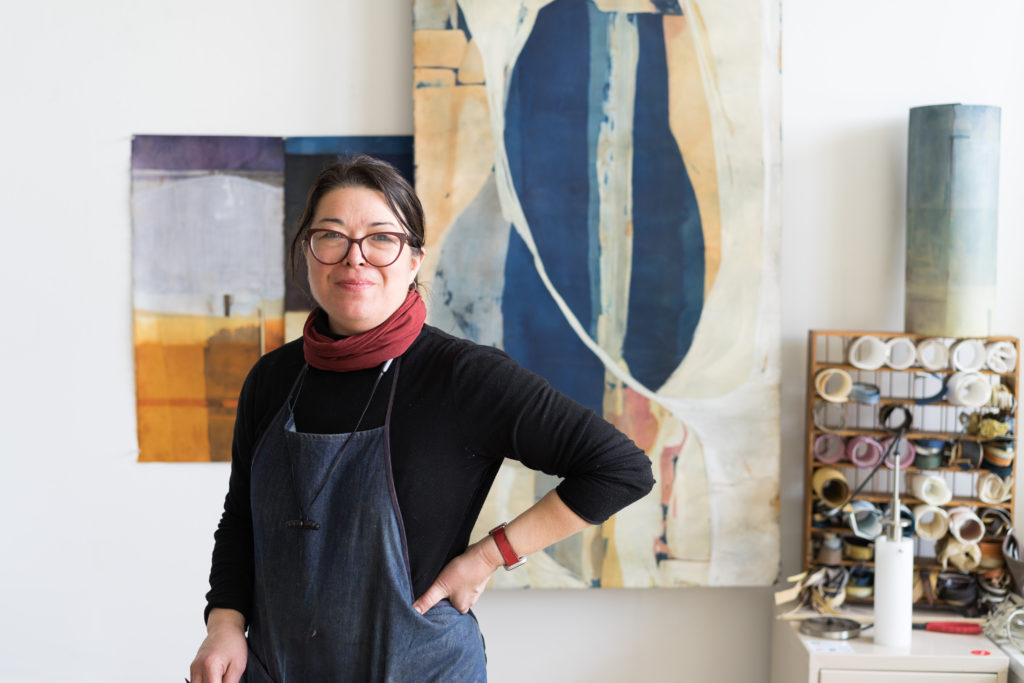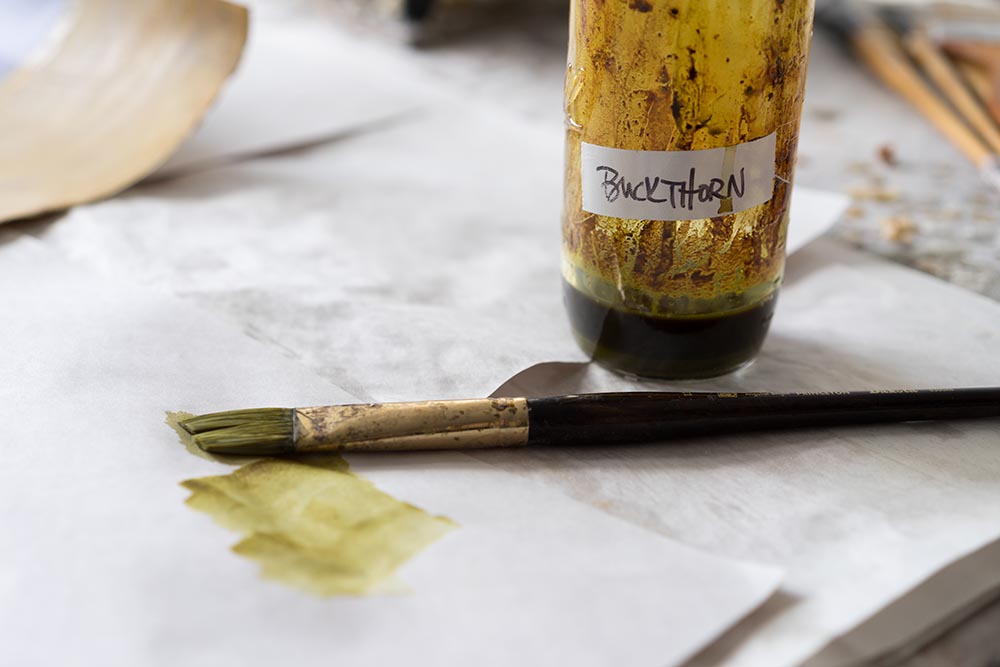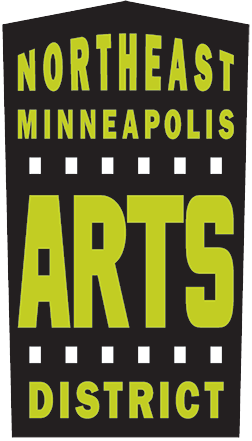Concern about the environment is no newer among artists than it is among scientists; climate change is central to the themes and subject matter of a growing movement of artists. But in addition to making art about environmental causes, artists have another, often less obvious way to take environmental action: the artmaking process itself.

Every artist’s materials and process have their own ecological impact, using resources and generating (sometimes toxic) waste. Most artists opt for materials that best suit their artistic vision, but sometimes the environmental message and the materials can be one and the same.
Look no further than one of Minnesota’s most hated invasive species, buckthorn. Emily Donovan makes her paintings with handmade natural dye, from mostly foraged and locally grown materials. She said she especially loves using castoff materials such as goldenrod, oat galls, black walnuts, sumac—and buckthorn. “It’s nice to have something positive come from buckthorn.”

Buckthorn berries, Donovan explained, make a lovely green, which is surprisingly hard to come by in handmade dye; green is plentiful in nature but often unstable as a pigment. Donovan is part of a rich historical tradition of handmade natural dye. She works from recipes that predate the development of the first synthetic dyes in the 1860s. Synthetic dyes, which are mostly derived from fossil carbon sources, can contain toxic levels of chemicals, becoming particularly harmful as we absorb them from our clothing and shed them into the air and watershed.
Beyond avoiding toxins, Donovan’s practice focuses on lessening her footprint by using as many local materials as possible. She and other natural dye artists have begun growing their own Japanese indigo—which yields a wide variety of blues—in Northfield, Minnesota. She described how in other parts of the world where a practice of handmade dye is still prevalent, the climate of each place shows up in its dyes: vibrant colors from long growing seasons in valleys contrast the deep browns and blacks up in alpine mountain communities. This connection to location is integral for Donovan. “The process of finding and foraging the materials becomes part of my seasonal rhythm.”
While creating with less extractive, less toxic materials gives Donovan some peace, she sometimes contemplates the resources and energy of artmaking and asks, ‘does the world need another object?’ “But it’s our job; to create beauty, to expand someone’s imagination for what they use and reuse, to see what nature is showing us.” When art about nature is made with nature’s own materials, the very materiality of art makes an impact.
Article and Photography by Katherine Boyce

Pingback: A Year Focused on Art & the Environmentalist Cause – Northeast Minneapolis Arts District